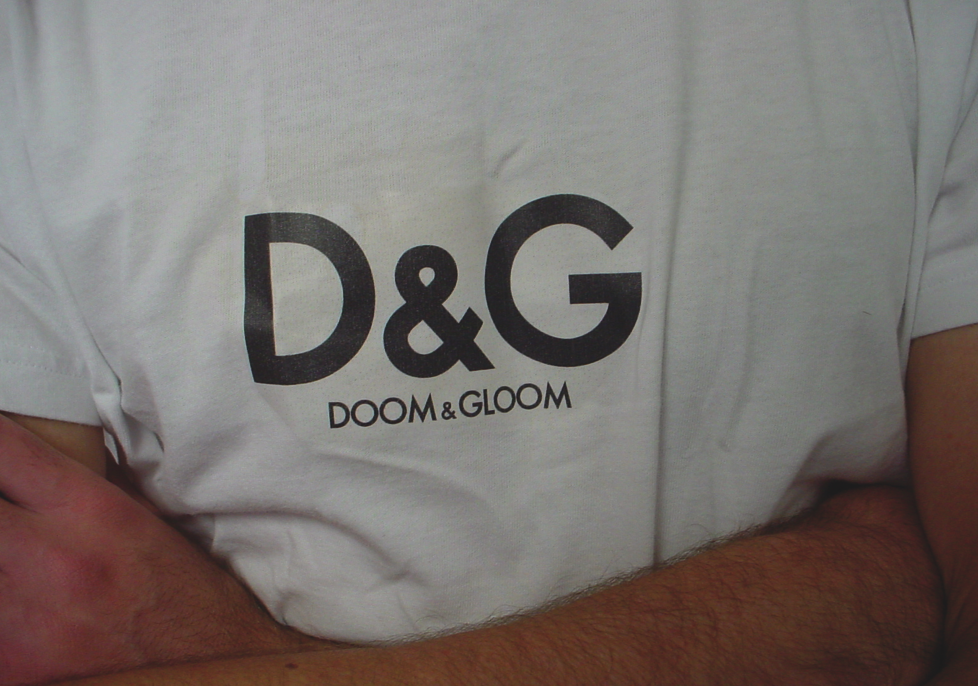Back in late September I posted a comment saying that 2011 was starting to feel like the 1930s again. Interesting, therefore, to see something on Newsnight (BBC) tonight saying much the same thing, but with a bit more depth behind it. If you missed it the parallels are social unrest, politicized debt, the breakdown of an international currency (Gold Standard in the 1930s, the Euro in 2011), an inter-bank lending crisis and finger pointing. To that I’d also add the printing of money and inflation (or that could be deflation depending on your point of view)
The point about finger pointing is important. When things go wrong people often look for other people to blame and everyone runs to protect themselves. In the 1930s there was a significant rightward shift, a rise in populism and rising anger against ethic minorities.
This is all happening again, but the ultimate implication implication could be the end of globalization, something I wrote about in 2010. Of course the really really big question is does it end like it ended in the 1930s?
BTW, this post by about why the 1930s went bad by Newsnight’s economics editor is worth a look.


